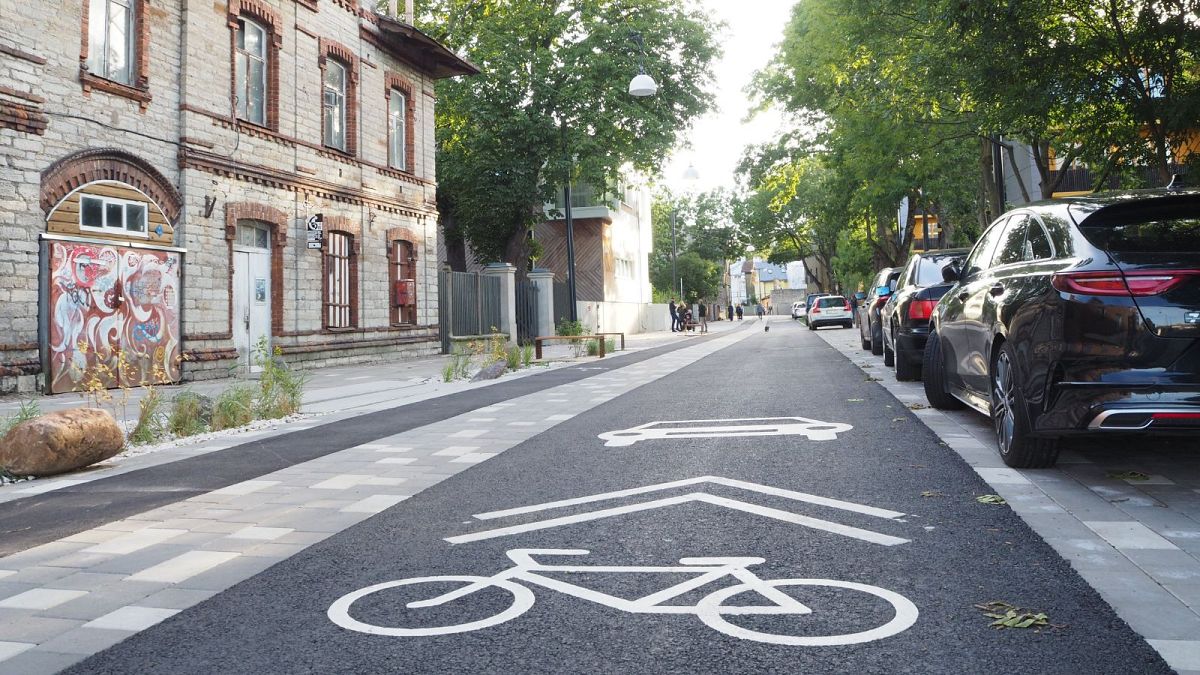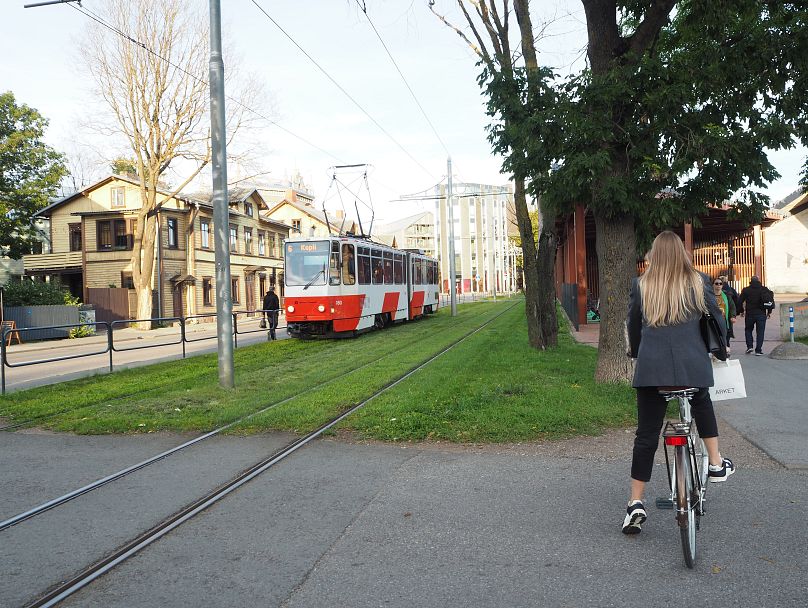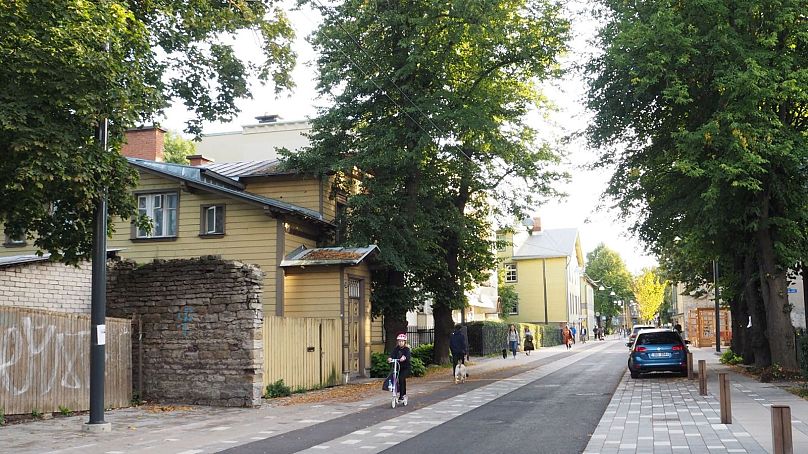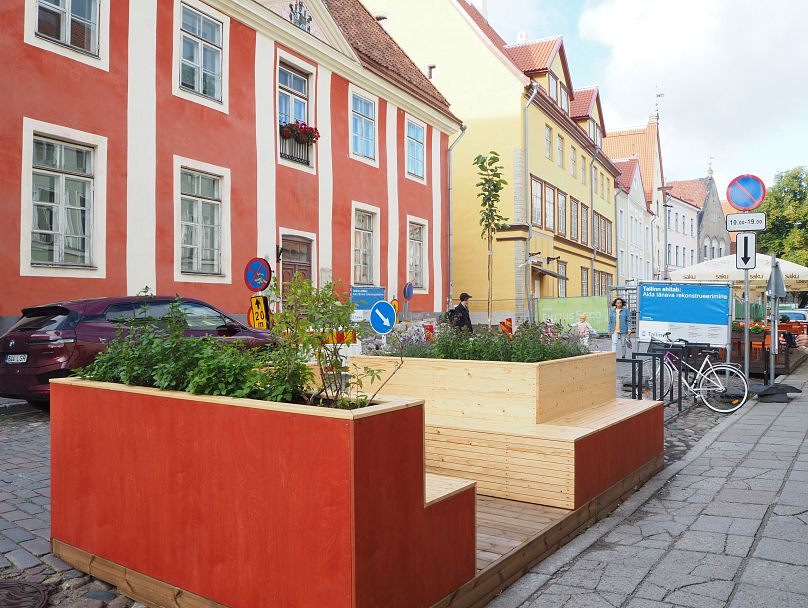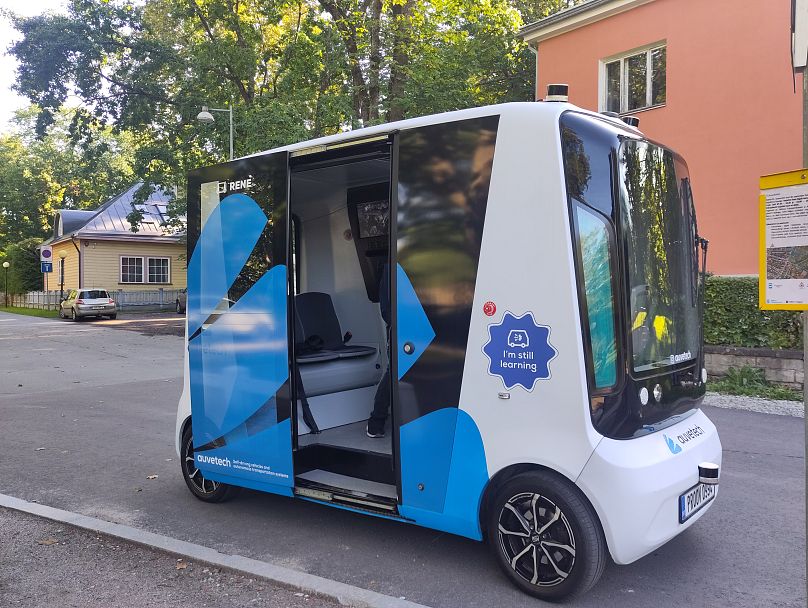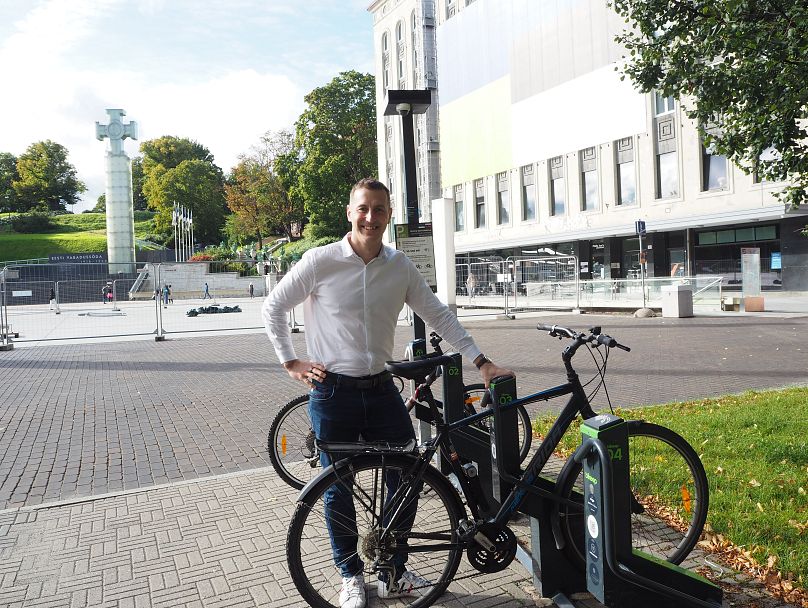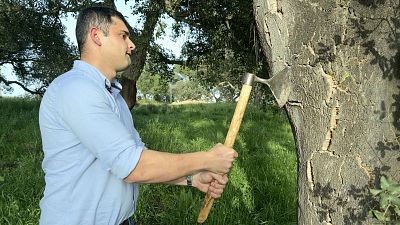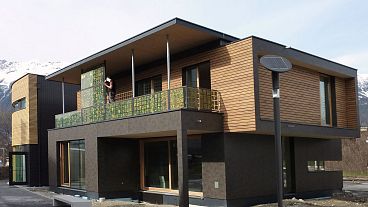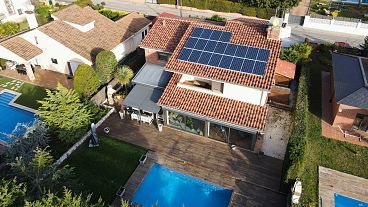10 years after it made public transport free, how is Tallinn’s transport network still changing for the better?
Public transport does not come out of nowhere. In Estonia’s capital of Tallinn, the historical origins are particularly plain to see as buses still travel long, straight roads drawn up in Soviet times when the city was divided into set districts.
Routes originally designed to take workers home from factories clearly need reimagining, and the city’s politicians have some bright ideas about how to better serve residents.
“What the city is trying to do now, in the belief in the concept of the 15-minute city, is diversify the purpose of the districts,” Tallinn City Government deputy mayor Vladimir Svet tells me on a recent visit. Creating a system where jobs, housing, services and entertainment are mixed, “also means that we must rethink the whole network of public transport,” he says.
Public transport in Tallinn has been free since 2013; a political decision taken to help ease the cost-of-living for citizens. Environmental motivations were secondary, but as more and more places seek to decarbonise in this way, the European pioneer has become an unexpected trailblazer.
And after being crowned European Green Capital 2023, Tallinn is far from resting on its laurels so far as clean transport and other aspects of urban life go. Here’s what it’s making possible.
Has free public transport in Tallinn been a success?
A decade on, Tallinners are accustomed to the idea that they are paying for the city’s buses, trams, trolleybuses and inner-city trains with their taxes. A single ‘green card’ transport pass makes things simple, but it’s not an unqualified success.
Official figures show a 6.5 per cent rise in journeys in 2013, with only minor fluctuations in the years to 2019.
“Free public transport is not a golden key and solution to all of the problems,” says Svet. Though it was a “radical step” to lower the threshold for people, creating a truly attractive alternative to cars takes more work.
“It's not a panacea. So you have to also think about developing the network. You have to think about the pedestrian infrastructure connected to the public transport infrastructure.”
How is Tallinn’s public transport network changing?
When I visit in September, the city is a chockful of roadworks - including for a new tramline that will run between the harbour, the station for Rail Baltica - a major new high speed railway for Eastern Europe - and the airport.
There’s fresh red paint where new lanes have been drawn up for Tallinn’s growing number of cyclists. And the asphalt is still glistening on Vana-Kalamaja - a street in the Kalamaja district redesigned to promote walking and cycling.
I had the pleasure of cycling up this pretty road, and it was a novel experience not to feel rushed by the car behind me.
Other transport lines are coming that will better connect various city districts between and within each other, as per the city’s more localised vision.
All these changes require careful consideration of the data (most buses and trams have detectors to count demand at different stops) and “a very intense dialogue between the city and local communities,” says Svet.
How do you design the right public transport network?
“One of the biggest challenges for us is to create a more effective public transport network, but without losing people who are very connected. And sometimes I would say even emotionally connected to the lines they were using for maybe 50 years,” he adds.
Most of us have a limited relationship with our city’s transport network - mainly noting the time it takes to get from A to B. We’re not necessarily interested in the bigger picture.
“It's not that hard to draw new lines on the map. It is harder to create a system where people trust that the decisions are made in their best interest,” says Svet. As deputy mayor responsible for the urban environment, a key part of his role is overcoming conflict en route to a stronger, more sustainable system.
Again, the city has to contend with attitudes shaped in the rise and fall of the Soviet Union. “Because car ownership was limited [until Estonia regained independence in 1991], it became seen as a status symbol, so we are fighting this notion a bit,” says Kaidi Põldoja, head of Tallinn’s urban planning department.
Another city planner tells me he thinks Tallinn “swung too far the other way” in becoming an individualistic, car-oriented society. Creating more room for public transport and other forms of communal space is a kind of rebalancing act.
Notably, Estonia has the second highest share of passenger cars older than 20 years in the EU (33.2 per cent, after Poland). The government is seeking to bring in a car tax next year that will push people towards less polluting models.
Self-driving buses take to Tallinn’s roads
Social change takes time, but Estonia’s entrepreneurial spirit is a great galvaniser.
In September, Tallinners were treated to a free self-driving bus service in the Kadriorg area, designed by autonomous vehicle company Auve Tech OÜ. The idea is that it could be used as a ‘last mile bus’ - to get people to more remote villages where a bigger bus wouldn’t make sense.
The little electric bus has a ‘still learning’ sticker which Operations Lead Deivis Sepp doubts will ever come off. In 2018 it could only drive in straight lines, but through data analysis the tech has come on quickly.
When I took a turn on the bus last month, the novelty and slight frisson of being driven by a machine was softened by the presence of a human operator with a remote control to oversee its ‘decisions’. They’re also not going away anytime soon.
But with the bus able to detect 25 metres ahead and to the side - and travelling at a maximum speed of 20km/ph - it was a seamless journey. The main issue is with other road users; “rude drivers,'' as Sepp describes them, “people who don’t know how to deal with autonomous vehicles” - or who aren’t programmed to be such sticklers for the rules.
The bus has been tested in climates around the world, from -20C, +30C, Japan to the Middle East. “I like to call it a museum bus,” says Sepp, “For me, I’m already on to the next generation.”
Bikeep: The eco-innovation making Tallinn more bike-friendly
Kristjan Lind, CEO and co-founder of Bikeep - which provides secure public bike parking - partly credits Estonia’s entrepreneurial environment for his company’s success.
“There's a stronger urge in Estonians to develop their own country into something big because we have very strong feelings towards our country,” he says. After regaining independence, there was a general desire to catch up - and to make up ground in a new and innovative way.
A self-proclaimed “enthusiast of public life”, Lind’s contribution in 2013 was a characteristic one. “The simple thing is our bikes got stolen and all the founders are mechanical engineers, and mechanical engineers tend to solve problems by building machines. So this is our machine for the problem,” he says.
The “machine” is an elegant metal arm that clamps tightly over your bike - or rather a row of them, all accessed via an app. The clincher is it’s totally free to use for cyclists; local companies invested in this vision of sustainable transport chipped in to cover the costs.
A year-round cyclist - even in the depths of snowy Tallinn winter - Lind has been glad to see the city’s cycling infrastructure grow over the last few years, and most cyclists take to the roads as a result. Being European Green Capital is catalysing even greater change as the city seeks to live up to the title, says Lind, who is an ambassador for the project.
As with many other Estonian-born solutions - from Skype to Bolt - Bikeep is being exported to dozens of other countries. There’s no one-size-fits-all when it comes to the mesh of multi-modal transport within a city, all products of history in one way or another. But the rest of the world has plenty to learn from Tallinn.
With the French city of Montpellier set to make public transport free in December, officials paid a visit to meet with Tallinn experts earlier this year, to see the system in practice. “And maybe,” says deputy mayor Svet, “to avoid some things that we have not done in an effective manner, to make it even better.
“So we can learn from them after that.”
